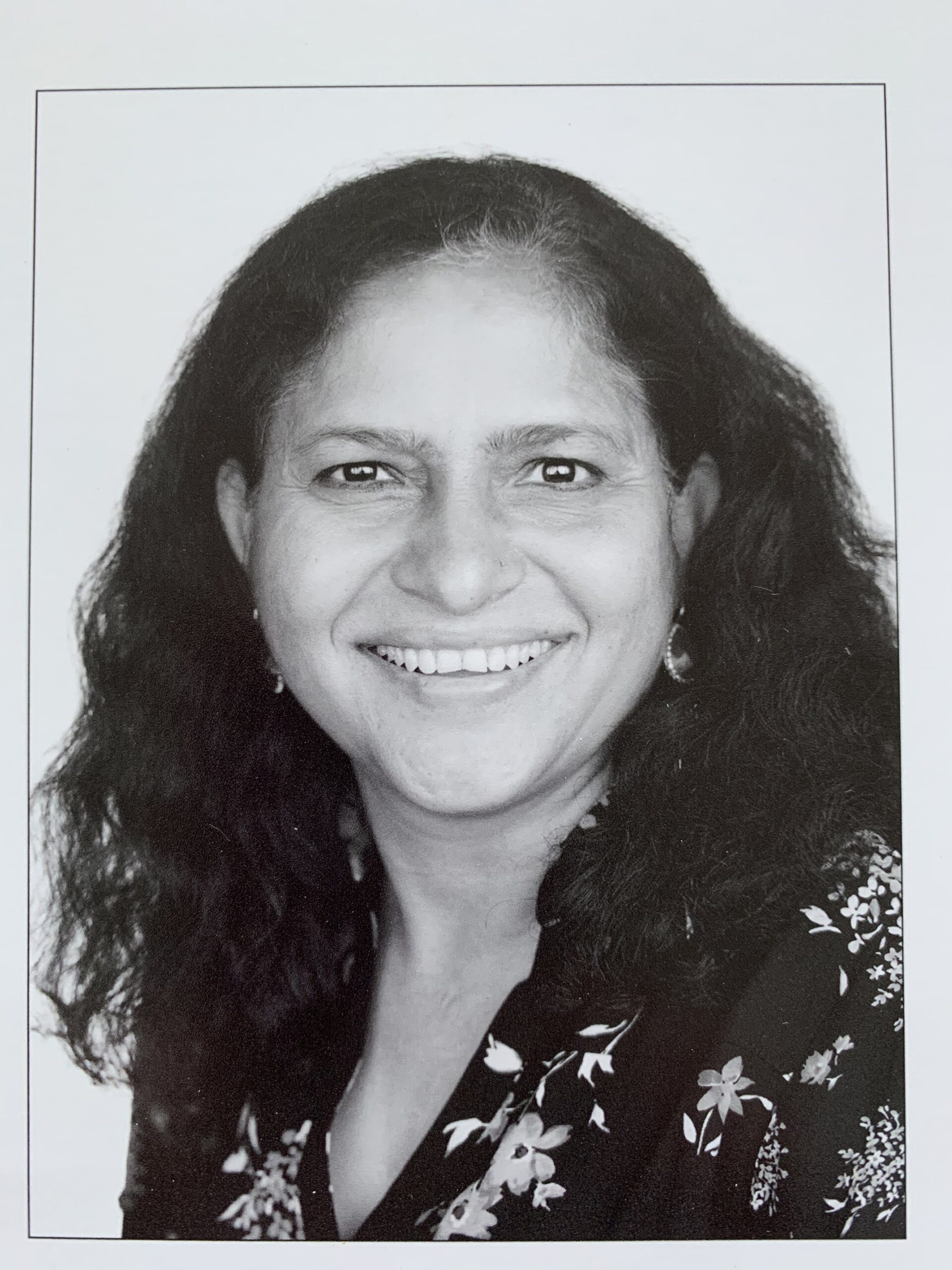Archana Painuly hails from Dehradun, a town in the foothills of the Himalayas, India. In 1997, she moved to Denmark due to her husband’s job.
She teaches at North Zealand International School and writes in Hindi. From the Himalayan mountains to the Danish shores, she has achieved significant milestones as a diaspora writer. Her stories and novels have been included in the curriculum of Indian universities under diaspora literature, and many university students are conducting research on her work.
Denmark, a small Scandinavian country known for its progressive values, is not a place one typically associates with the Indian diaspora.
Perhaps this is why, until recently, practically nothing had been written in Hindi about Denmark and the experiences of Indians living here.
Through my writings, I capture the struggles, challenges, and triumphs of the Indian community in Denmark.
I explore themes of cultural conflicts, identity, integration, and nostalgia, while also introducing Hindi readers to Danish society—its traditions, people, and way of life.
My translations of Danish authors such as Karen Blixen and Helle Helle into Hindi aim to bridge these two cultures. In the Hindi literary world, I am recognized as a writer based in Denmark. Yet, within Denmark itself, few people know me as a writer.
Challenges of Being a Diaspora Writer
Being a diaspora writer anywhere comes with challenges, and Denmark is no exception.
The most immediate challenge is language. The Danish literary world primarily operates in Danish, making it difficult for non-native speakers to gain recognition.
Some diaspora writers choose to write in Danish, while others, like me, continue to write in our native languages to preserve cultural heritage. However, this often results in our work being overlooked in Denmark’s mainstream literary circles.
Cultural biases also pose a challenge. Literature by diaspora writers is often seen as niche rather than an integral part of Danish literature.
I observe Danish society from an outsider’s perspective, as I did not grow up here. As a result, my observations and narratives may not always align with a Danish readership.
However, my Hindi readers enjoy learning about Danish hygge, Vikings, the hat ceremony, truck rides of Gymnasium students, and bicycles.
Literature as a Bridge Between Cultures
Despite its challenges, diaspora writing holds immense power—it is a testimony of resilience, a bridge between worlds, and a celebration of linguistic and cultural diversity.
In today’s world, where discussions on immigration and multiculturalism can be polarized, literature builds empathy. Engaging with diaspora stories helps readers understand the experience of navigating multiple identities, breaking down barriers and fostering inclusivity.
Conclusion
Diaspora literature has long been a fascinating field, growing in both volume and quality with globalization and migration. It has gained academic recognition through dedicated courses, seminars, symposia, and doctoral research exploring its various dimensions.
As a Hindi writer in Denmark, I navigate the challenges of resettlement, cultural adaptation, and the emotional duality of belonging to two worlds.
My stories offer a nuanced portrayal of life in Denmark from an Indian perspective—one often missing from mainstream narratives. Though challenging, this journey has been deeply fulfilling.
Living in Denmark and interacting with people of various nationalities has broadened the horizon of my experiences.
While Danish publishers are beginning to acknowledge bilingual works, more support—through translation grants and publishing initiatives—is needed.
Rather than viewing diaspora writing as an “outsider” voice, it should be embraced as an essential part of literary growth.


